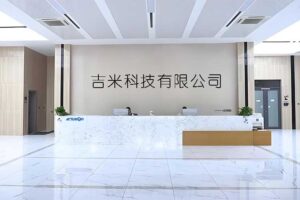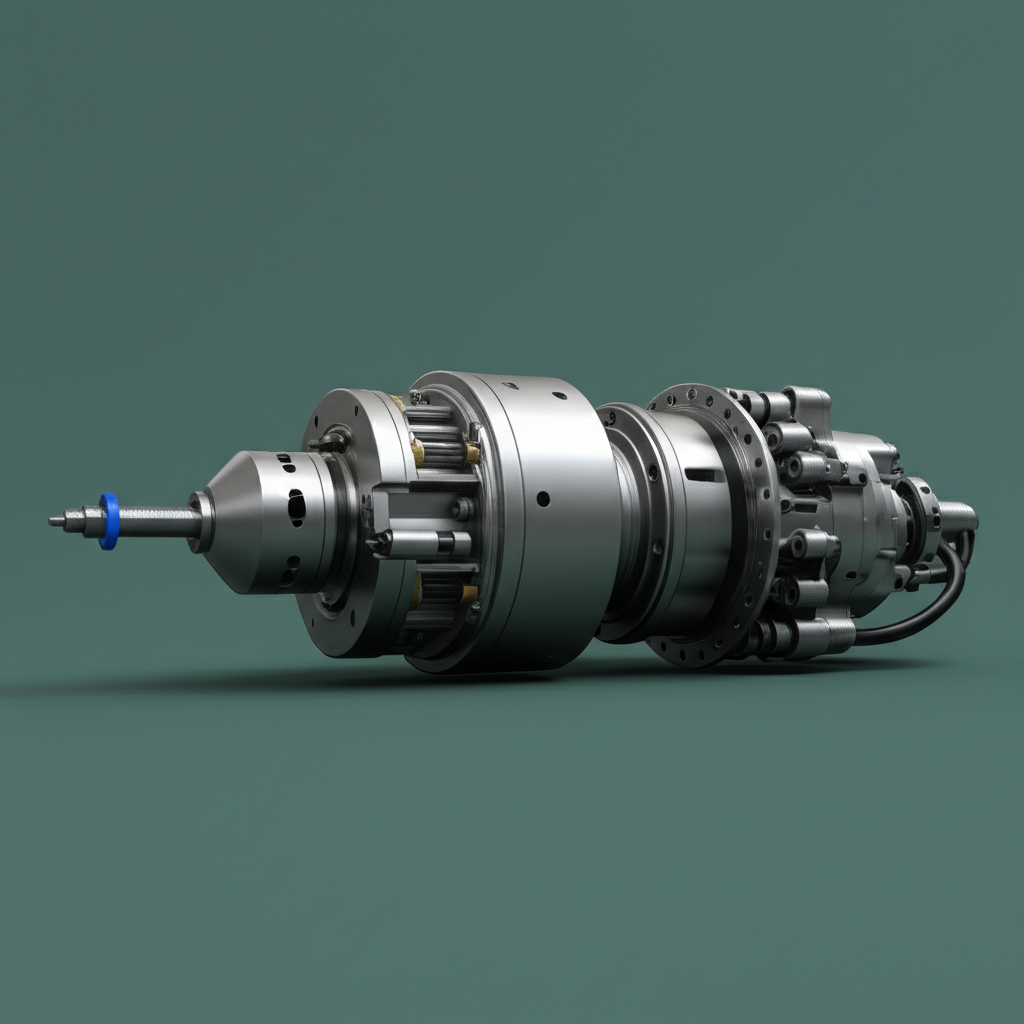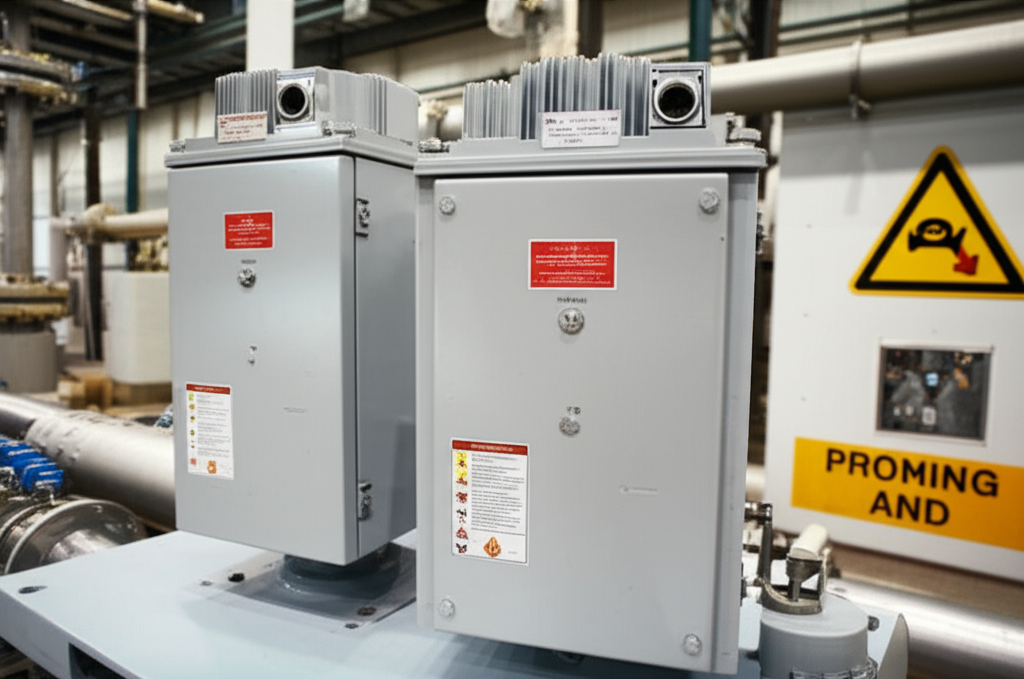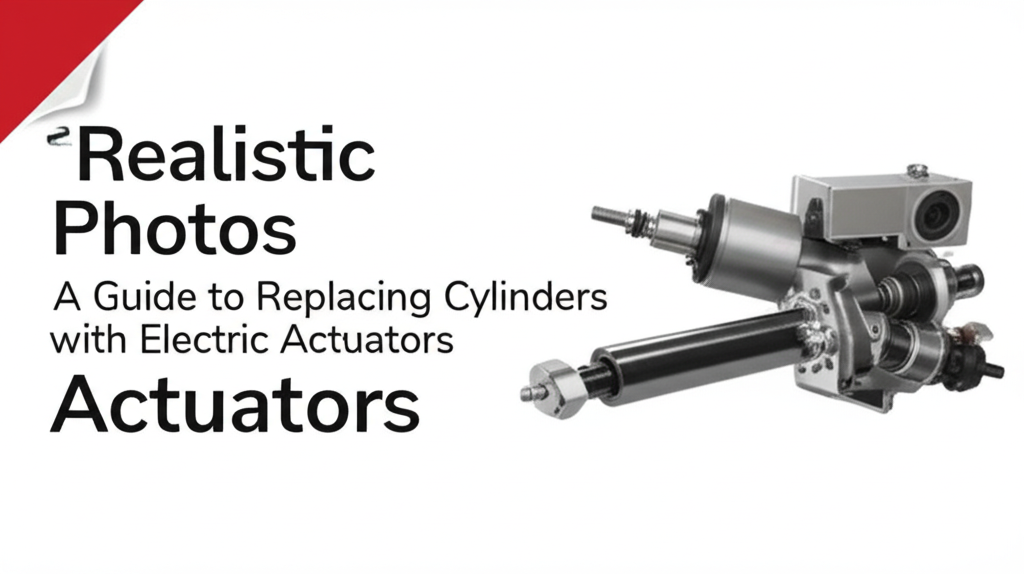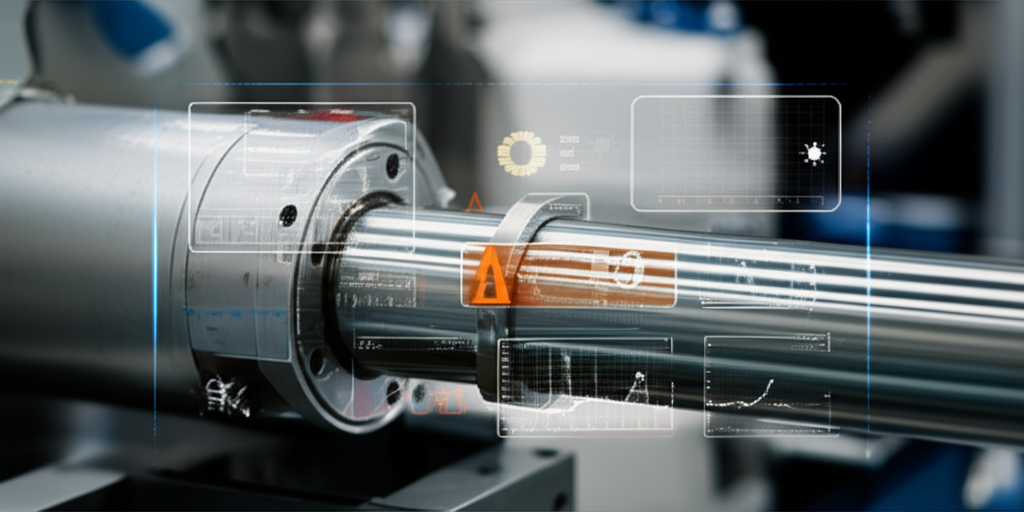Introduction: The Quest for Optimal Solar Energy Capture
Do you know that your solar panels work best when they face the sun just right? Many people put solar panels on their house or in big solar farms. But a lot of panels don't move. They just sit still all day. When the sun moves in the sky, these fixed panels can't keep up, so they miss some sunlight. That means they make less energy.
We want to fix that. The answer is simple — let the solar panels move with the sun! That is called solar panel tracking. And guess what? The hero that makes this happen is called an actuator. At Jimi (Jimi Technology Co., Ltd.), we make smart linear actuators, rotary actuators, and other automation systems. Our products turn electricity into motion. That means, with a push of a button, your solar panels can go up, down, turn, or tilt!
Today, we'll show you how our solar panel tracking systems and actuator control systems make your panels work harder, so you get more power, more savings, and a quicker return on investment.
Understanding Solar Panel Tracking: Why Movement Matters
The Sun's Apparent Path
Every day, the sun rises in the east and sets in the west. It also rises higher or lower in the sky with the seasons. This path is called the sun path. If your panel can't follow this path, you won't catch all that bright sunlight.
Limitations of Fixed Solar Panels
Fixed solar panels might seem easy. You just put them up and leave them. But they can't change angle. If the angle is off, you lose sunlight — and energy! Even the best photovoltaic (PV) technology can't fix a bad angle.
The Principle of Solar Tracking
With sun tracking technology, panels move all day to keep facing the sun. This gets you more solar energy harvest. Automated solar tracking means no guessing, no climbing on rooftops. Just more energy yield.
The Indispensable Role of Actuators in Solar Tracking
What exactly is an actuator? Think of it as a muscle for your solar panel. Just like your arm moves with the help of muscles, your panel turns and tilts with the help of an actuator. It takes electrical energy and makes it move the panel. With our actuator technology, you get precise solar positioning every day, all year long.
Actuators are the heart of any automated solar tracking system. Without them, there is no easy way to move your panels to catch the most sun.
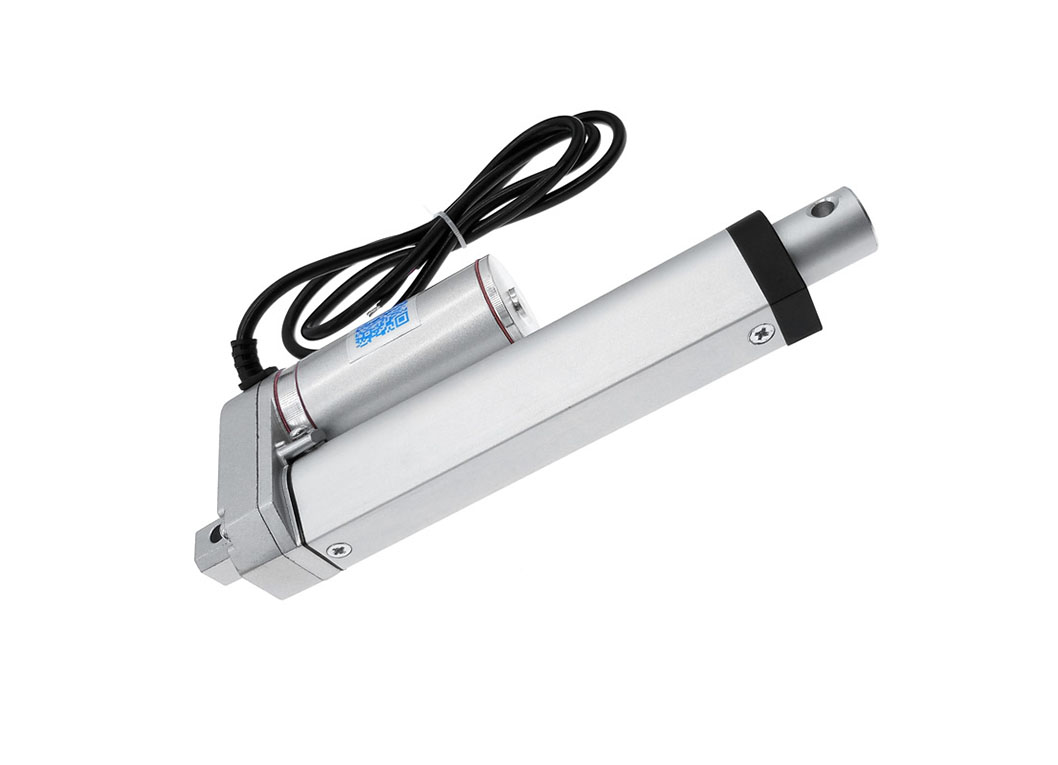
Types of Actuators Used in Solar Tracking Systems
Every job needs the right tool. Solar tracking is no different.
Linear Actuators
- Push and Pull Motion: They move panels up, down, or tilt, like lifting or lowering a seesaw.
- Applications: Best for simple single-axis solar trackers — panels move side to side.
- Pros: Simple, strong, and cost-friendly. Good for most homes and small farms.
- Cons: Can't make big turns for some systems.
Rotary Actuators (Slew Drives)
- Rotational Motion: These turn panels around, kind of like turning a door knob.
- Applications: Great for dual-axis solar trackers that move in circles.
- Pros: Strong, can turn big panels, good for large solar fields.
- Cons: Cost more, are a bit more complex.
Electric Actuators
- Motor Driven: Quiet and easy. They use little power and need less fixing.
- Pros: Smart, accurate, and good for automated systems.
- Cons: Need power to run, so off-grid setups may need batteries.
Hydraulic Actuators
- Fluid Power: These use a special liquid to give big pushing power.
- Pros: Can move very heavy things.
- Cons: Tricky to set up, need more looking after.
How Actuators Directly Boost Solar Panel Efficiency
Are you wondering, “Does this really make my solar panels work better?” Yes! Let’s see why:
Increased Energy Yield
Moving panels can make much more power. See the chart below:
| Tracking Type | Extra Energy You Get |
|---|---|
| Single-axis tracking | 15-25% more |
| Dual-axis tracking | 25-40% more |
Source: NREL, Renewable Energy World
Maximized Sunlight Exposure
Panels with tracking always point at the sun. That means more solar irradiance capture, more kWh made, and better use of your panels.
Enhanced Performance in Variable Conditions
Cloudy? Cold? Sunny? The panel moves to get the best light anyway. That keeps your solar array performance strong.
Reducing Shading Losses
If you have many panels, sometimes they block each other’s sun. With tracking, panels move to avoid this. Smart!
Faster Return on Investment (ROI)
More power means you get your money back quicker! Studies show payback is 2-4 years faster with tracking. See the table:
| Benefit | Impact |
|---|---|
| ROI improvement | 2-4 years faster |
| Peak power capture | 90-95% peak all day |
| LCOE reduction (cost) | 5-10% cheaper per kWh |
Source: Solar Power Research Institute, Renewable Energy Economics
Key Factors to Consider When Selecting Actuators for Solar Trackers
Not all actuators are the same. You want one made for your job. Here’s what to check:

Load Capacity & Torque
Will your actuator lift your heavy panel? It must handle wind, too.
Precision & Accuracy
You want the panel to point exactly at the sun. Small mistakes mean lost energy.
Durability & Environmental Resistance
Your actuator must survive rain, snow, dust — and keep going! Look for ones that are weather resistant and have high IP ratings.
Power Consumption
Low-power actuators save you money every year. For off-grid solar tracking, low power is vital.
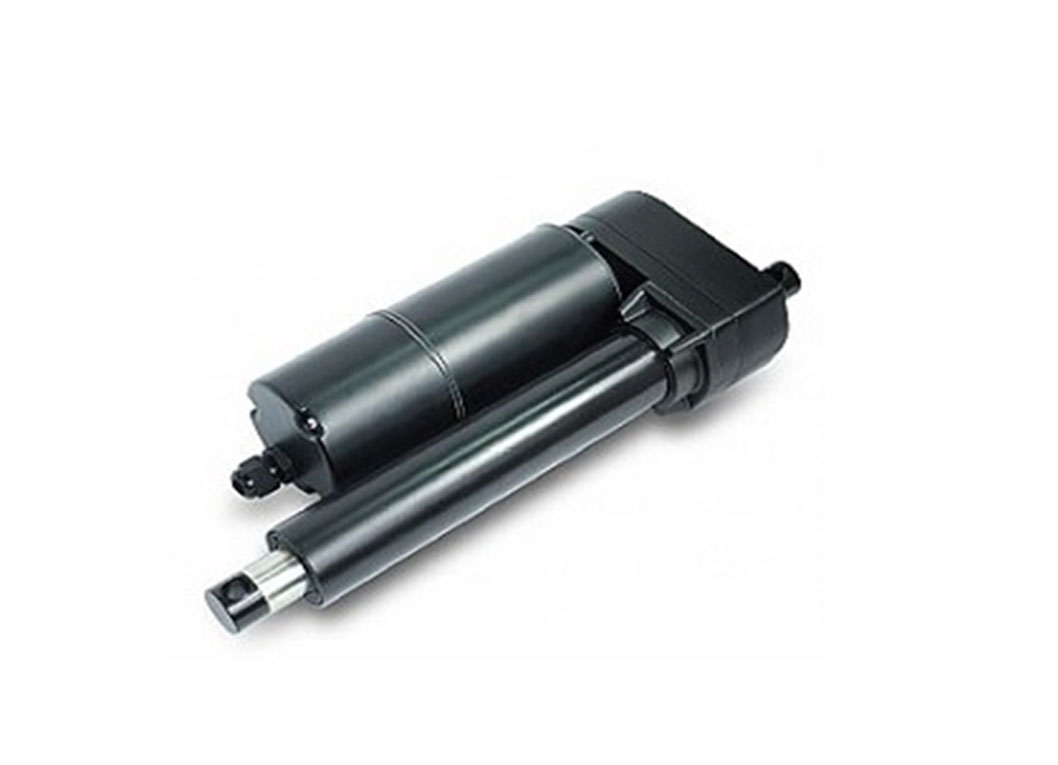
Lifespan & Maintenance Requirements
Long life means fewer worries. At Jimi, our linear and rotary actuators last 20-25 years or 50,000+ cycles.
Cost-Benefit Analysis
A good actuator isn’t always the cheapest. Think about what you save over time!
Real-World Impact: Data, Case Studies, and Statistics
Look at what actuator-based tracking really does for big solar projects:
| Scenario | Extra Power (Year) | Notes |
|---|---|---|
| 100MW Solar Farm | 20,000-30,000 MWh | Lots more energy with tracking |
| Utility-scale gain | 15-40% more | Both single and dual-axis systems |
| Actuator lifespan | 20-25 years | Panels and actuators last just as long |
| Bifacial panel synergy | 5-10% extra gain | Even stronger with moving panels |
Sources: NREL, Fraunhofer ISE, Industry Analysis
The Future of Actuator Technology in Solar Energy
We aren’t stopping! Now, more smart actuators use the Internet of Things (IoT). New tracking algorithms and predictive maintenance make them even better. That means more power, less fixing, and lower costs — for every home, business, or solar farm.
Jimi: Your Trusted Actuator Solution Partner
At Jimi (Jimi Technology Co., Ltd.), we are proud to lead in linear actuators and smart automation systems. Our products lift, push, pull, and tilt at the push of a button. We are more than a seller. We are a solution provider, an expert, and a trusted authority in the world of industrial automation.
Want to see some of our best solutions? Check out our Electric Linear Actuators for solar tracking, or explore our high-durability Waterproof Linear Actuators for outdoor setups.
Our Solar Panel Tracking solutions use advanced sensors, gearboxes, and smart controllers. Every project gets a custom fit. Our Industrial Linear Actuators can handle heavy loads and tough weather to keep your energy flowing.
Conclusion: Powering the Future with Smart Solar Tracking
Solar energy is the power of tomorrow. But to get the most, you need to use smart solar tracking systems and the right actuators. With Jimi, you can maximize your energy yield, boost your ROI, and keep your solar panels working at their very best for years.
Ready for a brighter future? Trust in the leaders in renewable energy optimization. Choose Jimi for your next solar project.
References

